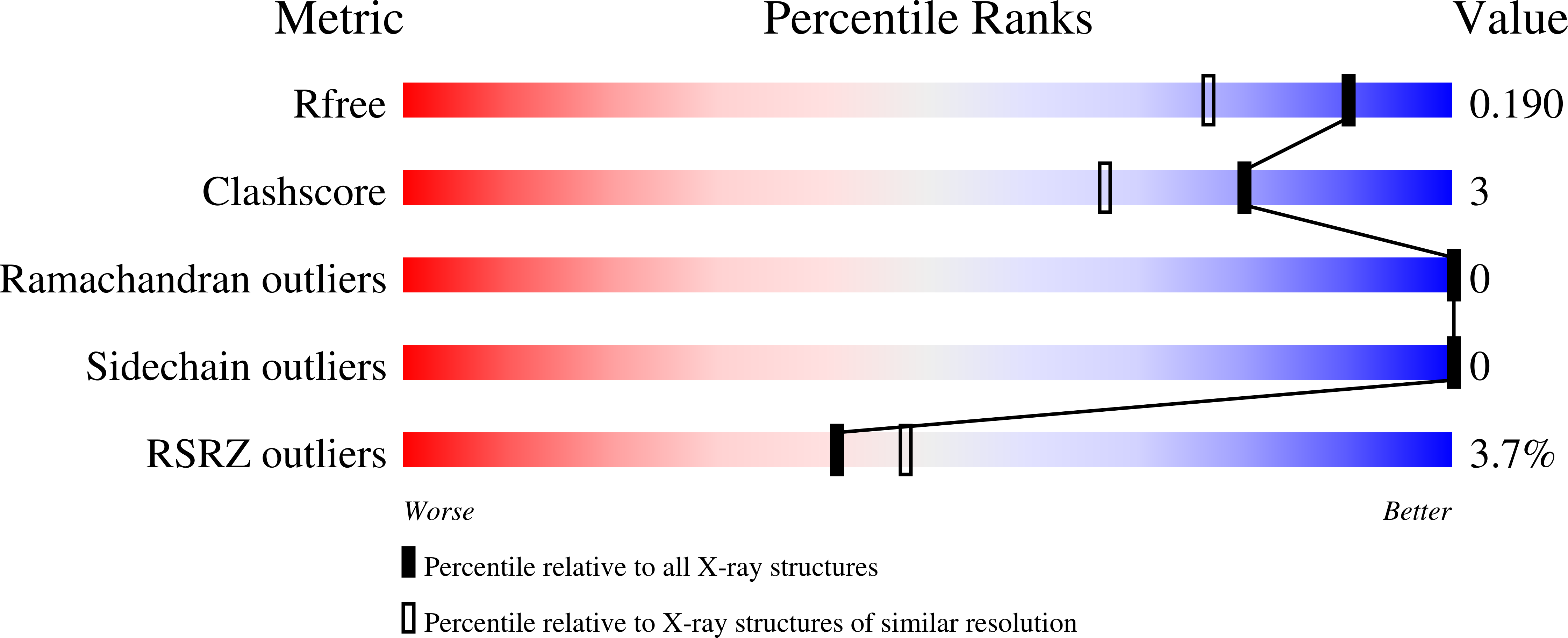
Deposition Date
2020-06-11
Release Date
2020-12-02
Last Version Date
2024-11-20
Entry Detail
PDB ID:
6ZCJ
Keywords:
Title:
14-3-3sigma in complex with SLP76pS376 phosphopeptide crystal structure
Biological Source:
Source Organism:
Homo sapiens (Taxon ID: 9606)
synthetic construct (Taxon ID: 32630)
synthetic construct (Taxon ID: 32630)
Host Organism:
Method Details:
Experimental Method:
Resolution:
1.53 Å
R-Value Free:
0.19
R-Value Work:
0.16
R-Value Observed:
0.16
Space Group:
C 2 2 21


